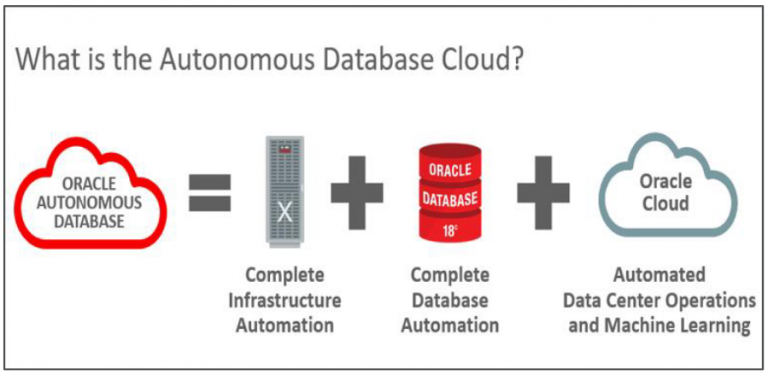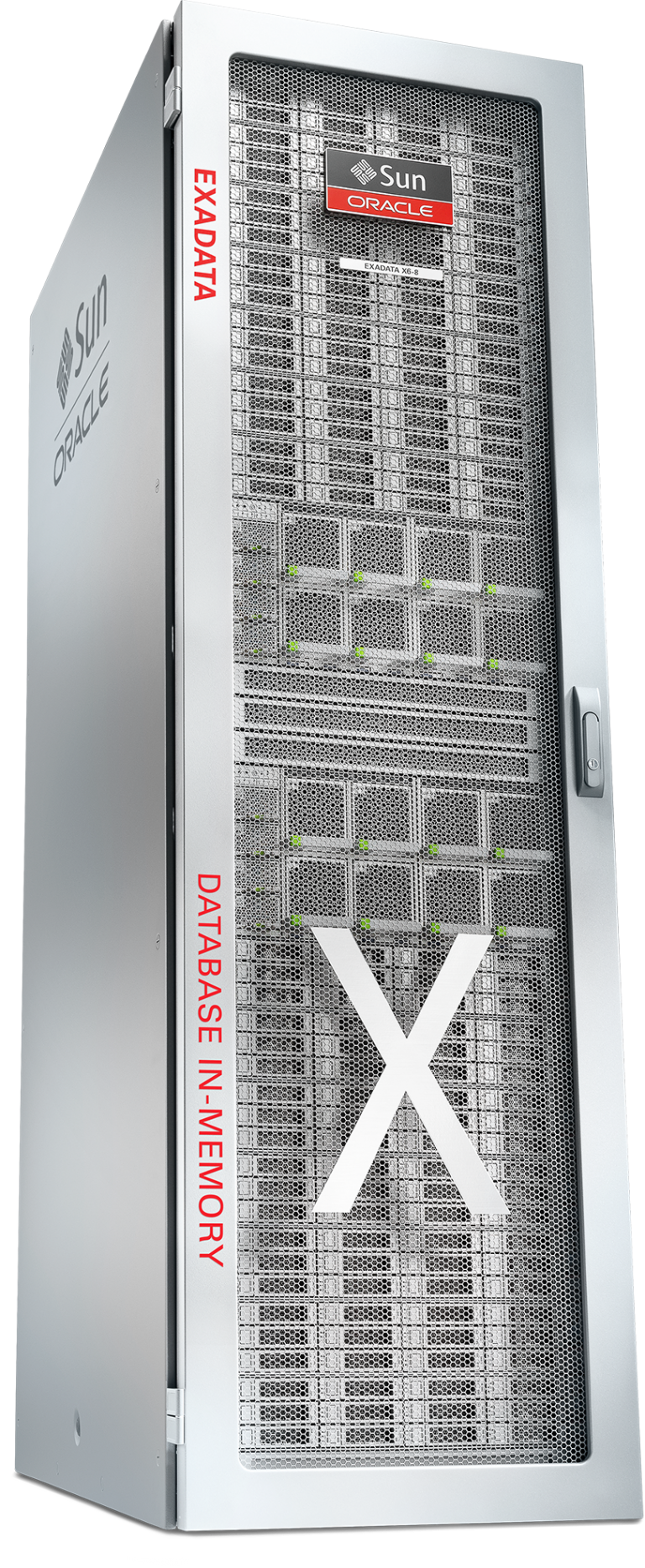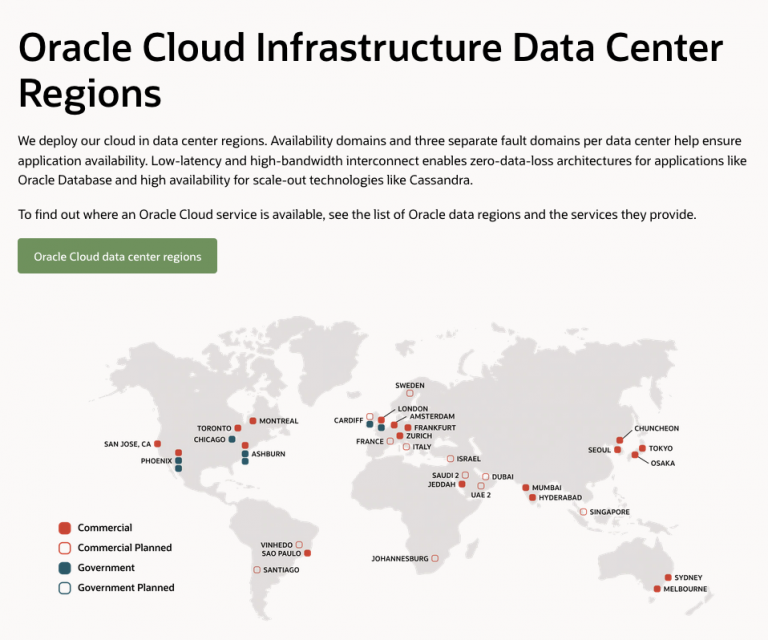Interview with Regis Louis, Vice President Cloud Strategy EMEA

Oracle as a global cloud provider: What is your unique selling proposition compared with all the different cloud providers?
Oracle started in the cloud some years ago, and we started SaaS down instead of infrastructure up. More recently, four to five years ago, we´ve decided to go more into the business of infrastructure and platform as a service.
Many customers were concerned about moving their core business applications into the cloud. They express challenges around a lack of enterprise readiness of cloud, a lack of security, a lack of governance… Some customers expressed their inability to move to the cloud, because of regulations. Some expressed the complexity of moving the core business applications into the cloud, and sometimes a lack of return of investment. Some expressed their concerns about a vendor lock-in, what about reversibility, what about moving into other clouds?
And so, we designed a brand-new cloud four years ago allowing customers to move their business-critical applications in the cloud. We have built our infrastructure based on all the flaws and issues that we´ve seen from the other implementations.
But let´s focus on the enterprise readiness aspect which is a major block to customers as they move their core business enterprise applications in the cloud.
We worked here on the architectural level to ensure the highest level of security in the design of the cloud – working on isolation. The isolation starts at the physical level of infrastructure. We have isolated the layer of virtualization of the network, from the layer of virtualization of compute, so we avoid any kind of propagation of an attack throughout network.
Because we´ve done this after the others, we were able to do it at the architectural level. And we added security at all levels, in the cloud itself, in the databases, in the operative systems, in the points of presence of network.
Another element has been performance. Performance in the cloud, especially for enterprise applications, means having predictable performance. When you have a core business application you want to have consistent performance. We´ve noticed that in the various clouds in the market they are doing a lot of subscription in network, subscription in compute. We don´t do any of that. We ensure that you can have consistent performance throughout, the best performance in the market is consistent performance throughout times. And not only that we are confident that we can meet performance in a consistent manner, we are the only one who really guarantee this performance by SLAs. So, we have Service Level Agreements on performance.
We are the only cloud provider with SLAs on performance, performance of network, of storage, but we also have an SLA on manageability. It is good, that your cloud is up, but can you provision something in the cloud? We, actually, guarantee that also by SLA. And this is what the key enterprises are expecting from a vendor when they move their enterprise workload to it.
The other thing that performance means in the cloud is price. When you bill by minute: if you can do three times more in a minute, that means you pay three times less. That´s just mathematics, there is a direct correlation between performance and price. All we have done for performance allows us to really have the best price-performance-ratio versus the competition. Take a look: https://www.oracle.com/cloud/economics/
We were checking this with our customers. They have saved around 80% of their costs. That is also part of our strategy. We really want predictability in terms of costs. I would add to this that most of enterprise customers have made a strong investment in technology, in applications for the enterprise applications. So, we also built a lot of tooling to help them move these core business applications into the cloud and improve these applications once there are in the cloud. This is enterprise readiness.
To go more into that point: What are the newest inventions and developments within the Oracle Cloud and why did you implement them?
I want to add some more detail on economics. We offer existing customers the ability to do what we call “bring your own license”, so if they have already invested in Oracle technology on-premise, they can adopt the same technology in the cloud as a managed cloud service. They can move the license they have already payed to the new environment. The other thing in terms of costs is the reduction of operational costs.
And here we come to the topic innovation. Once you are in a cloud, to get a lot of benefits from it, agility and so on, and also automation. We have invented that concept of autonomous software. This concept is using machine learning technology and artificial intelligence coupled with the almost infinite power in a cloud to really fully automate the environments, so that software can manage software. This is clearly a big cost reduction in terms of operations. But it is also a big increase in terms of security, because that eliminates any kind of human error. We´ve applied this autonomous concept to the database. Almost three years ago we launched the first autonomous database in the market. Three years later this is still the only one in the market. Nobody else was able to do that. The database is able to provision itself, to patch itself without stopping instances, to tune itself, to repair itself, to secure itself. So, all this without any human intervention.

Fig. 1: Autonomous Database Components in the Oracle Cloud
And we´ve applied this concept to our operating system as well. All in the cloud – our Oracle Linux is fully autonomous, can patch itself as soon as there is a new security patch available. And we just announced recently a new autonomous service which is called Autonomous Dataguard. This is the service that allows companies to synchronize the data which they have on-premise with the cloud. We have this DR environment always ready, all this is happening fully autonomously. Reducing the level of costs and increasing security.
Cool, automated disaster recovery! Which services do you also offer? And connected with this question: Oracle comes from hardware and software development and was known for decades for databases. How do you integrate your database expertise into the Oracle Cloud?
This is the other important aspect in the competition: We have infrastructure as a service, platform as a service, software as a service, all different applications on the SaaS board, whether it is ERP, whether it is HCM, whether it is marketing, supply chain… all our applications are now available as SaaS. Running on the same environment, same architecture, same infrastructure, same platform.
The breadth of services is significant: the Oracle database, the Exadata database, the Autonomous database, the NoSQL database, the MySQL database… whether it is for AI machine learning, whether it is for the injection of data, all the data for integration of applications, all the services for building new applications.
This is really a great breadth of services. What was or is your biggest challenge in that regard? And how did you master it?
We started slightly after the others. So, we started in an environment where we had to live with other vendors out there. So, we created the concept of multi-cloud, right from the beginning, once we were architecting our cloud. We´ve used a lot of open source technologies or anything that really allowed us to interoperate with other clouds. And again, we´ve moved this multi-cloud strategy to a unique level by creating a partnership with Microsoft Azure.
If you look at all these enterprise applications that customers have built for the last 20 years or more on-premise, a lot of these enterprise applications are built on Oracle technology and very often on Microsoft technology. So, we have decided to team up with Microsoft, to interconnect our clouds. That customers who really want to adopt multi-cloud between Azure and Oracle, they can do so. And they can deploy their applications to Microsoft Azure or Oracle OCI just like it was in their data center. We have interconnected these two clouds physically, provide single sign between the two clouds, so that it is very similar for customers to have a real multi-cloud implementation.
In terms of partnerships, we support VMware running natively on our cloud. It allows to take a VMware workload to move it as it is to our cloud. Customers don´t need to operate it, it is the exact same way as they were doing on-premise. This is very different to what the competitors can offer which is more VMware as a service where you are constrained with a specific version and so on. It is exactly what you have on-prem, moving in and running natively in Oracle cloud. I tell you all this so you can see all the work we´ve done to adopt a multi-cloud strategy and to recognise the fact that no customer will choose a strategy to only use one cloud. All use multi-cloud. And we want to make that as simple as possible.
Again, most of the enterprise customers have a hybrid strategy. They will still continue to run some workloads on-premise, but they also want to adopt cloud. So, for this we run multiple things. First of all, all our on-premise software can run on our cloud. We have managed cloud services to combine that. So, they can run the exact same version in the cloud as they have on-premise. In general cloud providers have different versions of software in the cloud or on-premise. And if you want to move to the cloud you need to migrate. We don´t do that. It is the same version that you have, exact the same version of your workload and you choose where you want to deploy it.
We pushed the hybrid model to the extreme where we, again, invented another concept which is called Cloud@Customer. The concept has been applied first to the database through an offering that is called Exadata Cloud@Customer.

Fig. 2: Exadata Cloud@Customer on-premise in the customer´s data center
We offer Exadata, the appliance for our database, on-premise and for our public cloud under subscription. The Exadata Cloud@Customer allows customers to subscribe to this service, but instead of running it in a public cloud, we shift a machine inside their own data center behind their own firewall. They don´t buy the machine, it is just a subscription. We continue to operate it the exact same way as we had operated it in the public cloud, but it is running inside their data center. For customers who have data sovereignty issues, regulations where data cannot move out of their premises. They can run the exact same thing as they have in the public cloud with the exact same OpEx subscription model running inside their own data center. That is popular in the highly regulated industries like the public sector.
We´ve recently announced that we are moving Cloud@Customer to a next level. Because some customers mentioned that it is great to have database as a service in their own data center, but their applications are not just databases. They have many other things that are gravitating around the databases, they want IaaS, they want all the services which we offer in the public cloud in their data centers. We took this into account and launched Dedicated Region Cloud@Customer. The idea is to build the exact same architecture, same security, same SLAs, the same billing mechanism … that we´ve built in our public cloud dedicated to one customer inside their own data center. With all the services available in our public cloud, available in that model. IaaS – you can deploy on it whatever you want, PaaS – all our platform services, SaaS is also available on this environment. So, customers falling into this highly regulated area can adopt the full cloud computing model, can adopt the full OCI cloud running within their own firewall. All over just a subscription, there is no Capital expenditure involved, all managed by Oracle the same way as it is managed in the public cloud. That is a big innovation.
This is all possible because we have rolled out our data centers extremely quickly. We now have 27 regions live around the world, in every continent. We will be at 36 regions live in 12 months. And we will continue our expansion all around the world. We have really industrialized to the extreme to build these regions, to automate that build. That´s the reason why we are able, if the customer wants so, to build the exact same thing inside their own data center.

Fig. 3: Today Oracle offers 27 regions all around the world
It seems Oracle has thought of nearly every aspect of cloud for the customers now. But what is your strategy for the future? Which milestones do you want to achieve?
The reason why we´ve build this cloud and the inventions is to reach out to every customer to move to the cloud and remove all these roadblocks of cloud adoptions. We will continue to expand our coverage in each and every region. We want two data centers in every region, so then customers can do disaster recovery inside their own country.
Our big focus right now is really to help our customers with these critical, complex applications that they have on-premise to move them to the cloud. There are still tons of customers who would love to adopt public cloud but have not done so far for their critical applications. There we want to help, so they can get all the benefits of cloud either in the public cloud or in their own data center.
We continue our journey towards automations as well, the autonomous concept. This is probably the most significant innovation that we´ve done at Oracle in the last 10 years. We´ve taken 11 years of experience of how customers are using databases and built all the machine learning models around that to fully automate all the aspects of the IaaS cycle. We´ve done that for databases, operating system, DataGuard and will continue doing this.
We are removing costs and risks of all human interactions, so people can focus much more on the value that they can bring into analyzing data what this means for smart business. They can leave tasks like patching for the software – tasks that don´t add value for the business. The software can automate all of these types of operations.
Our largest challenge is to make sure that people understand all our innovations, all the differentiators compared to other cloud providers. We are thinking specifically as it is related to these core business applications or these big HPC (high performance computing) applications requiring a lot of power, Zoom for example. They have used Oracle Cloud Infrastructure (OCI) for the deployment of the applications and they went from 10 to 300 million users using the power of OCI for performance reasons. But there are also cost reasons because all the data that they transported through the wire cost much less with Oracle. I want people to start to adopt the new idea of Oracle and understand that we are a hyperscaler and the value of differentiation.
We will do our best to accompany your way. Thank you for your time. It was a pleasure to meet you!

The interview was conducted by Friederike Zelke
